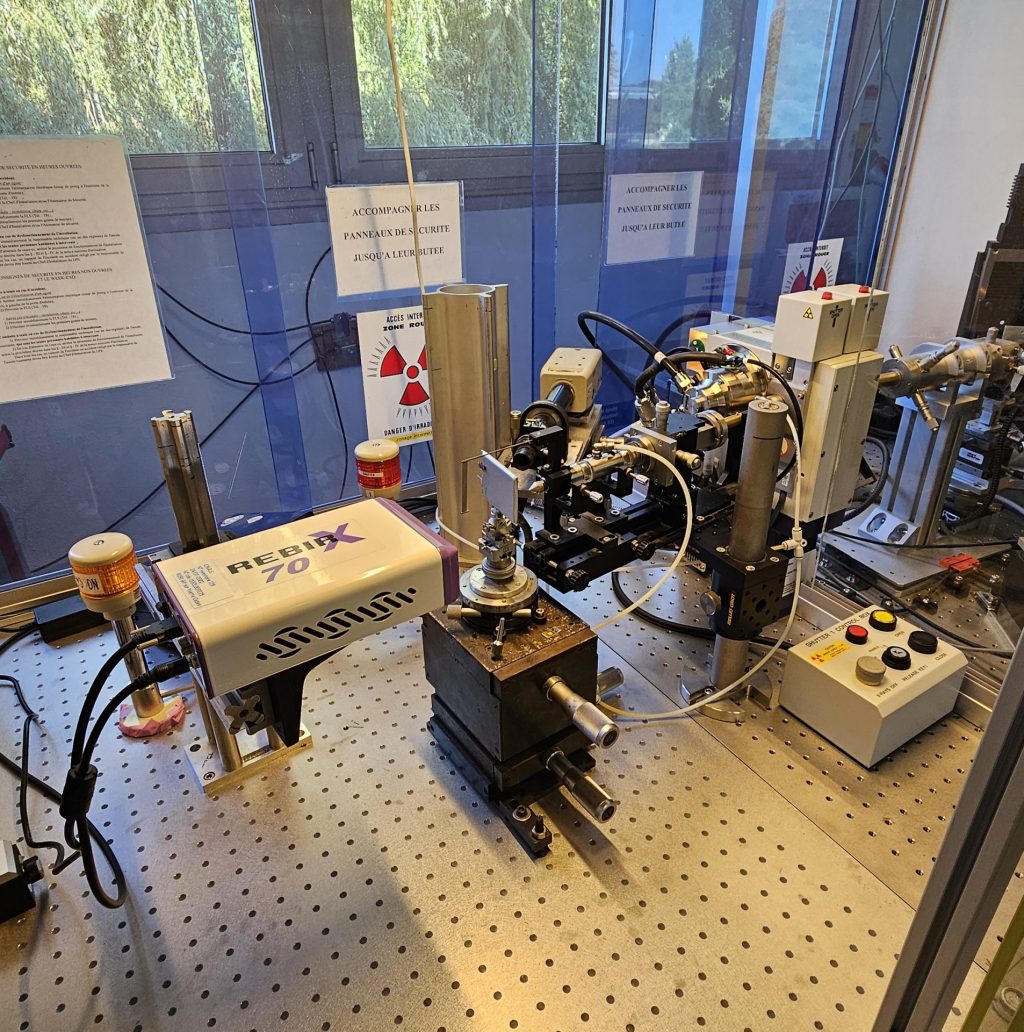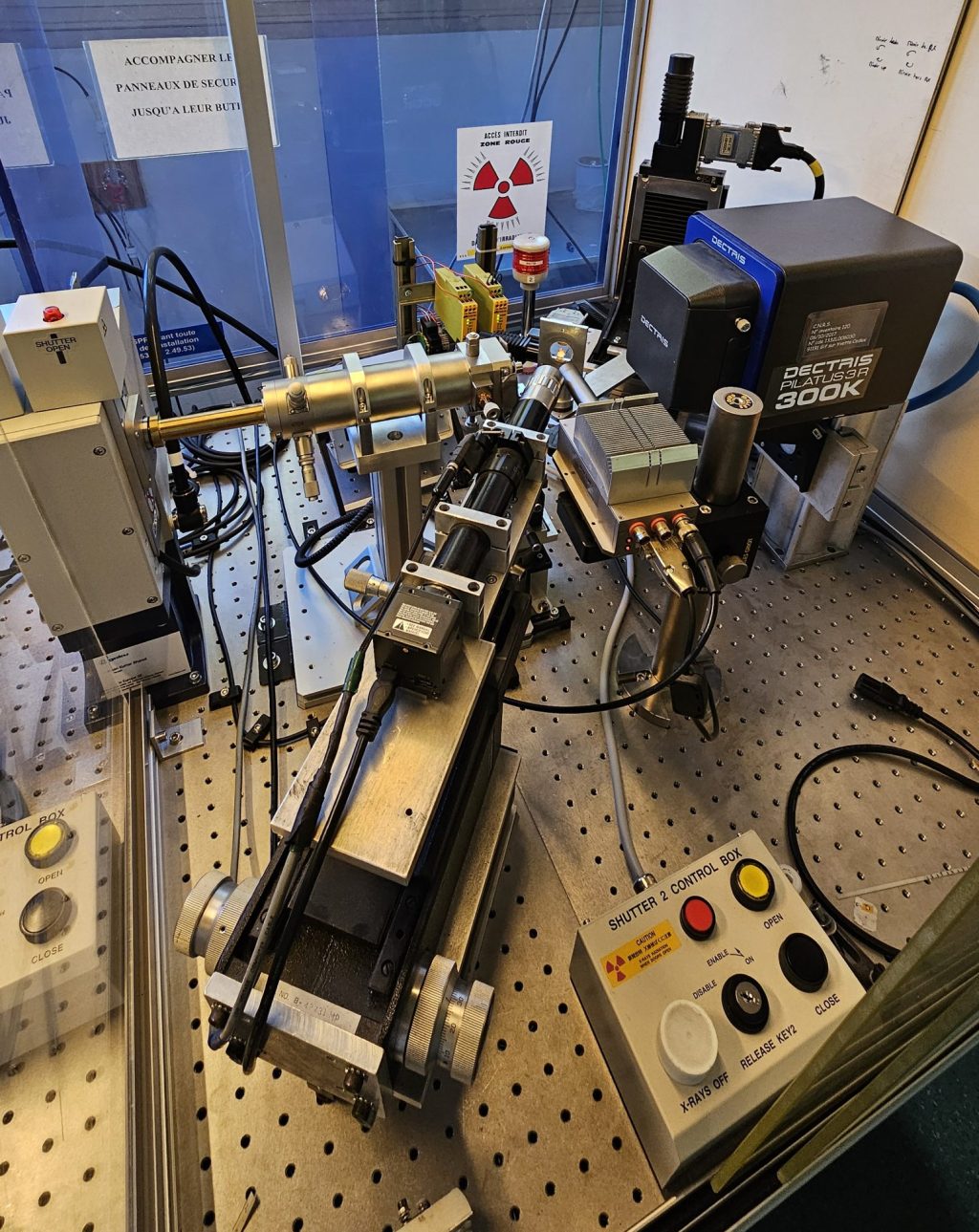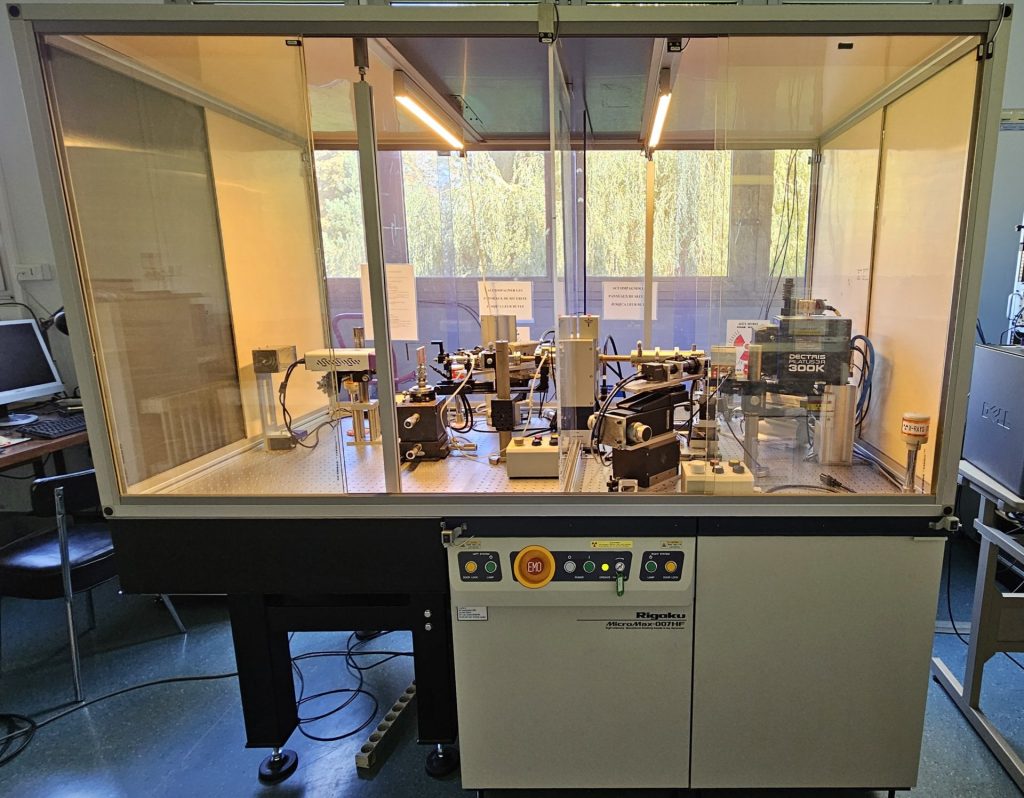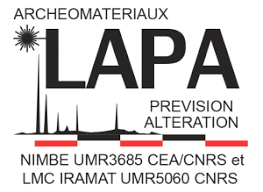The multi-technical platform developed at the LAPA, based on equipment, staff and know-how related to the multi-scale and dynamic analysis of archaeological systems, particularly those containing metals, will be integrated into the ESPADON project ecosystem, i.e. the production of 2D/3D data intended to be integrated into a digital platform that will make it possible to link all the information, from that related to the archaeological site to the microscopic impurity studied in the objects.
This will be made possible in particular by the cross-referencing of heterogeneous, temporal, geographical, typo-morphological, cultural and physico-chemical data. In this sense, the multi-technical platform will be a key element of this approach.
In particular, the LAPA is involved in the Work Package dedicated to 2D/3D X-ray imaging, using analytical techniques such as µXRF and µXRD around a new-generation X-ray generator. These techniques will make it possible to acquire chemical and structural information on the objects.
The setup is based on a Rigaku MM007HF X-ray generator using a Molybdenum (Mo Ka1,2=17.5 keV – 0.70932 Å) primary source reduced to 70µm with two separate exits. On the first one, an innovative optic for high flux density from RIT will allow both focusing and monochromatizing the X-ray beam on the sample (20×20 µm²) with fluxes higher than 4 million ph/sec and convergent angle less than 4 mRad. On the second exit, a multilayer optic from Xenocs will allow both focusing and monochromatizing the X-ray beam on the sample (70×70 µm²) with fluxes higher than 100 million ph/sec and convergent angle less than 4 mRad.
On both exits, elemental (XRF) and structural (XRD) analysis are supported by new generation X-ray detectors. On one hand, two Pelletier-cooled detector (SDD) combine a high counting rate without loss of spectral resolution and a minimum footprint for energy-selective spectrometry (XRF), and the other hand, two so-called photon counting detectors for X-ray diffraction combine the speed of acquisition of diffraction images with a signal-to-noise ratio at least three times higher than with older technologies.
XRD analysis can be made in transmission downstream from sample or in reflexion at low incidence angle in all cases coupled to XRF analysis.







